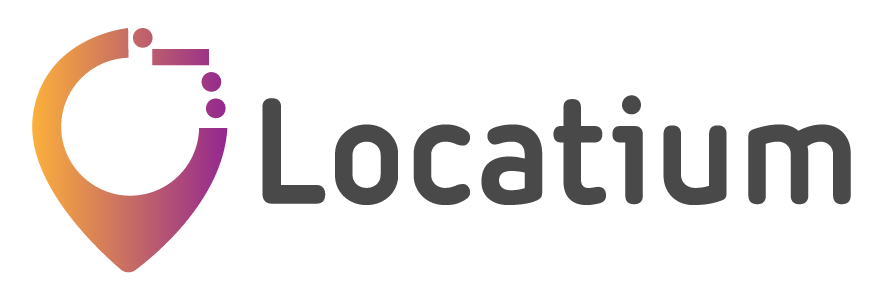Cross-channel analysis
In an omnichannel scenario, as it predominates in the retail sector, it is very important to know the influence existing between all the existing channels.
Properly processed geographic data is a very valuable element for this, especially when identifying trends that are not using other more traditional techniques.
General Description of this use case
The retail sector is undoubtedly in an omnichannel scenario. E-commerce sales are growing at an unstoppable rate and must coexist in harmony with those of physical establishments.
In fact, special care must be taken to avoid the undesirable effect of cannibalisation between sales channels. For example, an online shop may decrease sales in the physical shop. The opposite effect can also occur, for example, when shoppers prefer to see with their own eyes the product they have found in the online shop.
On the other hand, omni-channeling can also generate what is known as the halo effect. In other words, the coexistence of several sales channels means that each of them benefits from the presence of another.
It is therefore the duty of retail business managers to dissect the effects and influences between the different channels in order to avoid cannibalisation and, if possible, to boost the halo effect.
Tell us the particularities and needs your project needs to be able to implement a plan specially designed for you.
What solutions do you need?
Achieving all this would not be possible without data, especially data with a geographical component.
This can be internal company data on sales, shop and e-commerce visits, most successful and least successful products, etc. This information increases its value if we combine it with external data of various kinds on the locations under study, such as:
- Socio-demographic aspects: average age, income levels, types of families, education, unemployment rates, etc.
- Consumer habits: Do they prefer to shop online or in-store? What are their preferred days and times of day for shopping? What type of products do they prefer? What is their average spend per purchase?
- Mobility patterns: do they usually travel by private car or by public transport? What are their most common routes? Do they prefer to shop on foot? Do they shop near their workplace or in the vicinity of their home?
- Analysis and influence of the presence of points of interest, such as nearby establishments, whether they belong to the same company or to competitors.
- Satellite images that facilitate the cartographic representation of the conclusions drawn.
OMNICHANNEL RETAIL NETWORK OPTIMIZATION
The retail sector is clearly marked by the influence of different sales channels, such as physical and online stores. Therefore, it is essential to know the geospatial data that explain the dynamics of these channels, as well as the cause-effect relationships between them. With Locatium, you will be able to choose the best locations for new stores, predict results in new locations, mitigate the influence of competitors considering cannibalization, and optimize the right online-Vs-offline mix in each location.
Do you want to see how
many industries this use case applies to?
Cross-channel analysis is a critical process for a number of industries. From Locatium would like to help you identify the main industries where we can lend a hand to prevent this from happening.
Retail
Retail
Telco
Telco
fmcg
fmcg
Restaurants
Restaurants
Healthcare
Healthcare
Banking
Banking
Automotive
Automotive
Want to know more about this use case?
If we have caught your interest or if you have any questions, we will be happy to help you without any obligation so that you are really clear about how Locatium can contribute to the success of your project with our datasets and advanced solutions.

